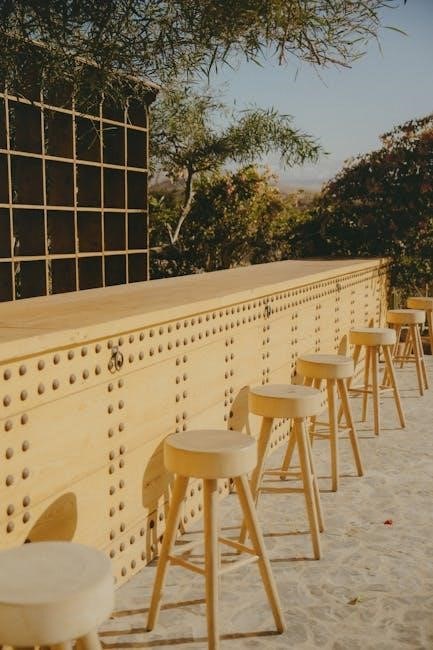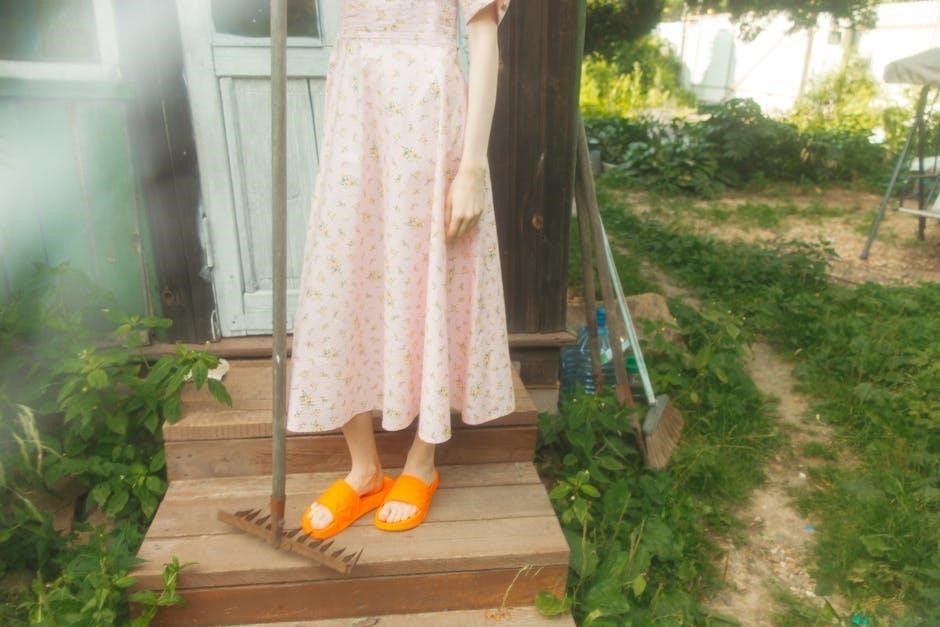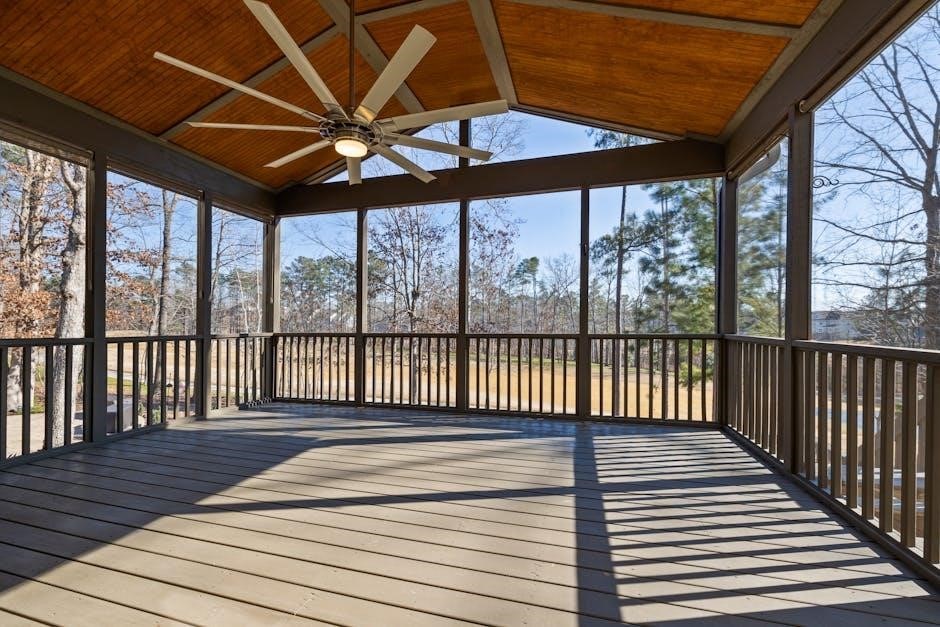Manual Retractable Patio Screens: A Comprehensive Guide
In this guide, we’ll explore what manual retractable screens for patios are, their benefits, installation considerations, durability, longevity, and crucial maintenance tips, empowering you with the knowledge to make informed decisions regarding your outdoor space enhancements.
What are Retractable Patio Screens?
Retractable patio screens are innovative systems designed to seamlessly blend indoor and outdoor living by providing a flexible barrier against insects, sunlight, and inclement weather. These screens consist of a tightly woven mesh material, typically made from durable fiberglass or polyester, that rolls up into a protective housing when not in use. This housing is usually mounted above or to the side of a patio opening, such as a porch, deck, or gazebo.
The primary function of retractable screens is to offer on-demand protection and privacy while maintaining an unobstructed view of the surrounding environment. Unlike fixed screens, which permanently enclose a space, retractable screens can be easily retracted or extended as needed, allowing homeowners to enjoy the benefits of both an open-air patio and a screened-in enclosure. Manual retractable screens operate using a simple hand-crank or pull-down mechanism, providing a cost-effective and user-friendly solution for enhancing outdoor comfort and enjoyment. They are an excellent alternative to expensive motorized systems.
Benefits of Retractable Patio Screens
Manual retractable patio screens offer a multitude of benefits, enhancing both the functionality and enjoyment of outdoor spaces. Primarily, they provide effective protection from insects, creating a comfortable and bug-free environment for relaxation and entertainment. This is particularly valuable during warmer months when insects are most active.
Beyond pest control, these screens offer significant solar protection. The mesh material effectively blocks a portion of the sun’s harmful UV rays, reducing glare and heat gain, making your patio cooler and more comfortable. This can also help lower energy bills by reducing the need for air conditioning. Retractable screens also offer a degree of privacy, creating a more secluded and intimate outdoor setting. Furthermore, manual operation provides a cost-effective alternative to motorized systems, offering similar benefits without the added expense of electrical components.
Finally, the flexibility of retractable screens allows homeowners to easily switch between an open-air patio and a screened-in enclosure, adapting to changing weather conditions and personal preferences.
Cost Considerations for Retractable Patio Screens
When considering manual retractable patio screens, understanding the associated costs is essential for effective budgeting. The initial investment typically includes the cost of the screens themselves, which varies based on size, material, and features. Aluminum frames are a popular choice, balancing durability and affordability, but other materials may also influence the price.
Installation costs are another significant factor. While DIY installation is possible, professional installation ensures proper fitting and functionality, potentially adding to the overall expense. The complexity of the installation, including any necessary modifications to the patio structure, will affect labor costs.
Long-term costs should also be considered. Manual screens generally require less maintenance than motorized options, but periodic cleaning and occasional repairs may be necessary. The cost of replacement parts, such as mesh or operating mechanisms, should be factored into the overall cost analysis.
Comparing quotes from multiple vendors and considering both upfront and ongoing expenses will help you determine the true cost of installing manual retractable patio screens.
Manual vs. Motorized Retractable Screens: A Cost Comparison
When deciding between manual and motorized retractable screens, a key consideration is cost. Manual screens typically have a lower initial price point compared to their motorized counterparts. This is primarily due to the absence of electrical components, motors, and remote-control systems. The upfront investment for motorized screens can be significantly higher, often requiring professional installation and electrical wiring.
However, the cost comparison extends beyond the initial purchase. Motorized screens may incur additional expenses for electricity consumption and potential repairs of the motor or electronic components. Manual screens, on the other hand, rely on manual operation, reducing the risk of electrical malfunctions and associated repair costs.
While manual screens offer cost savings in terms of purchase price and maintenance, they require physical effort to operate. Motorized screens provide convenience and ease of use, especially for larger patios or individuals with mobility limitations. Ultimately, the choice depends on budget, desired level of convenience, and long-term cost considerations.
Factors Influencing Installation Costs
Several factors can significantly influence the installation costs of manual retractable patio screens. The size and complexity of the patio area play a crucial role, as larger areas require more materials and labor. Customization options, such as specific screen fabrics, frame colors, and mounting configurations, can also impact the overall cost.
The type of mounting surface, whether it’s wood, concrete, or brick, can affect the installation process and associated expenses. Structural modifications, such as framing or reinforcement, may be necessary to ensure proper screen installation, adding to the overall cost. Labor rates vary depending on the installer’s experience, location, and the complexity of the job.
Permitting requirements and local building codes can also contribute to installation costs. Obtaining necessary permits and ensuring compliance with regulations may involve additional fees and inspections. It’s essential to obtain multiple quotes from qualified installers to compare prices and services before making a decision, carefully considering all these factors.
Retractable Patio Screens vs. Fixed Screens: Cost Analysis
When comparing retractable patio screens to fixed screens from a cost perspective, several factors come into play. Fixed screens generally have a lower upfront cost due to simpler materials and installation processes. However, their lack of flexibility means they cannot be retracted when not needed, potentially impacting natural light and ventilation.

Retractable screens, while typically more expensive initially, offer versatility and can be retracted to maximize sunlight and airflow. The higher cost reflects the more complex mechanisms and installation requirements. Over time, the cost difference may be offset by energy savings due to better climate control, as retractable screens can help regulate temperature and reduce the need for air conditioning.

Furthermore, retractable screens can add value to a home by enhancing its functionality and aesthetic appeal. Maintenance costs should also be considered; fixed screens may require less maintenance, while retractable screens may need occasional cleaning and adjustments. Ultimately, the best choice depends on individual needs, budget, and long-term priorities.
Retractable Patio Screens vs. Fixed Screens: Flexibility
When evaluating patio screen options, flexibility is a key differentiator between retractable and fixed screens. Fixed screens offer a permanent barrier, providing continuous protection from insects and debris. However, this constant enclosure limits the ability to enjoy unobstructed views and open-air ventilation when desired. Fixed screens are best suited for homeowners seeking a dedicated, all-season outdoor space.
Retractable screens, conversely, excel in providing adaptable flexibility. These screens can be easily retracted or extended as needed, allowing homeowners to switch seamlessly between a screened enclosure and an open patio. This adaptability makes retractable screens ideal for those who value versatility and wish to maximize their enjoyment of outdoor spaces in varying weather conditions.
The ability to retract the screens enhances natural light and ventilation, creating a more comfortable and energy-efficient environment. Retractable screens also offer aesthetic flexibility, as they can be hidden from view when not in use, maintaining the original appearance of the patio. The choice between retractable and fixed screens hinges on how much flexibility is valued.
Maintenance Tips for Retractable Patio Screens
Maintaining your manual retractable patio screens is essential for ensuring their longevity and optimal performance. Regular cleaning is crucial; gently wash the screens with mild soap and water to remove dirt and debris. Avoid harsh chemicals or abrasive cleaners, as these can damage the screen material. Periodically inspect the screens for tears or damage, addressing any issues promptly to prevent further deterioration.
Lubricate the tracks and moving parts of the manual retraction mechanism with a silicone-based lubricant to ensure smooth operation. Check the tension of the screen material and adjust as needed to prevent sagging or wrinkling. During periods of non-use, fully retract the screens to protect them from the elements, such as sun, wind, and rain. This reduces wear and tear and extends the lifespan of the screens.

Be mindful of extreme weather conditions. Strong winds can damage the screens, so retract them before storms. Clear any obstructions from the tracks to prevent jamming or damage to the retraction mechanism. By following these simple maintenance tips, you can keep your retractable patio screens in excellent condition.
Longevity and Durability of Retractable Patio Screens
The longevity and durability of manual retractable patio screens depend on several factors, including the quality of materials, the frequency of use, and the level of maintenance they receive. High-quality screens made from durable materials like aluminum frames and tightly woven mesh can withstand regular use and exposure to the elements for many years.
Proper installation is also crucial for ensuring longevity. A well-installed screen system is less likely to experience issues such as sagging, tearing, or detachment. Regular maintenance, including cleaning and lubrication, can significantly extend the lifespan of the screens by preventing wear and tear on moving parts and protecting the screen material from damage.
Environmental factors also play a role. Screens in areas with harsh weather conditions, such as strong winds or intense sunlight, may require more frequent maintenance and may not last as long as screens in more moderate climates. By choosing high-quality materials, ensuring proper installation, and performing regular maintenance, you can maximize the lifespan and durability of your manual retractable patio screens, enjoying their benefits for years to come.
Potential Problems and Repairs
Manual retractable patio screens, while offering flexibility and convenience, are not immune to potential problems. One common issue is screen tearing or damage, often caused by weather, pets, or accidental impact. Repairing a torn screen may involve patching small holes or replacing the entire screen mesh, depending on the extent of the damage.
Another potential problem is issues with the retraction mechanism. Over time, the springs or cords responsible for retracting the screen can wear out or become tangled, causing the screen to retract slowly or unevenly. Lubricating the moving parts and replacing worn components can often resolve these issues.

Frame damage is also a possibility, especially in areas with strong winds or heavy snowfall. Bent or broken frames can compromise the screen’s functionality and appearance. Repairing frame damage may involve straightening bent sections or replacing damaged parts. Regular inspection and maintenance can help identify and address potential problems early, preventing costly repairs and extending the lifespan of your manual retractable patio screens.
DIY vs. Professional Installation: Cost and Considerations
When considering manual retractable patio screens, a key decision is whether to opt for DIY installation or hire a professional. DIY installation can save on labor costs, making it an attractive option for budget-conscious homeowners. However, it requires a certain level of skill and experience, as well as the right tools. Incorrect installation can lead to functional problems and potentially void the warranty.
Professional installation, on the other hand, offers the peace of mind that comes with expert workmanship. Professionals have the knowledge and experience to ensure proper installation, minimizing the risk of errors and maximizing the screen’s lifespan. However, professional installation comes at a higher cost, due to labor and service fees.
Ultimately, the best choice depends on your individual skills, budget, and risk tolerance. If you’re confident in your abilities and willing to invest the time and effort, DIY installation can be a cost-effective option. However, if you prefer a hassle-free experience and want to ensure a flawless installation, professional installation is the way to go.
Impact on Home Value
Manual retractable patio screens can positively impact your home’s value by enhancing its aesthetic appeal and functionality. A well-maintained outdoor living space is a desirable feature for many homebuyers, and retractable screens contribute to creating a comfortable and versatile area. Potential buyers often view such additions as improvements that reduce future renovation costs.
The perception of added value stems from the screens’ ability to expand the usable living space, providing a protected area for relaxation and entertainment. This is especially attractive in regions with warm climates or where insect control is a concern. Retractable screens offer a flexible solution, allowing homeowners to enjoy the outdoors while maintaining privacy and protection from pests.
However, the impact on home value depends on several factors, including the quality of the screens, the overall design of the outdoor space, and the preferences of potential buyers. A poorly installed or maintained screen system may not add significant value, while a high-quality, professionally installed system can be a selling point that attracts buyers and justifies a higher price.